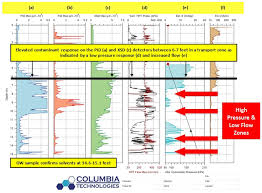Hydraulic Permeability: The Key to Identifying Contaminant Transport Zones at LNAPL and DNAPL Sites for Remediation-Focused Site Investigations
For the remediation-focused site investigation professional, we believe that hydraulic permeability...



